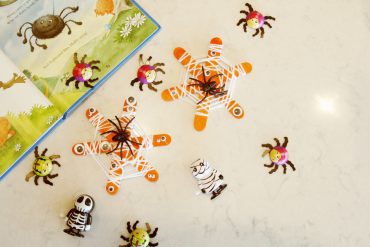By Dr. Robyn Thompson
It is difficult for mum and baby when you have so much to do and return to work.
Little ones become conditioned quite quickly. It is highly likely she knows that she has a bottle/teat during the day. It may also depend on the type of teat being used. Also how she is bottle fed by those looking after her during the day. It may also be related to a drop in your milk volume during the day. This would depend on how many times you can express your breasts at work and if the expressing times could be in sync with her at home bottle feed times (around about). Let’s take one point at a time.
Bottles & Teats for the Breastfed Baby | The Thompson Method from Dr Robyn Thompson on Vimeo.
Conditioning: Babies quickly work out the differences they experience. They know the distinct difference between soft, pliable breast tissue that they can mould to fit their oral cavity between the upper surface of the tongue and the roof of the mouth. They know that they have to continue to work to stimulate hormone production before the milk will flow through the ductal networks of the breasts and over the back of their tongue.
Bottle/teat: The silicone teat is rigid. The baby has to adapt the tongue and oral muscles to accommodate the fixed non-pliable teat. The teat can’t be drawn to the distance of the soft palatal cleft just at the junction of the hard and soft palate. You can feel your own by running the tip of your tongue over the roof of the mouth until the soft spot is felt. It’s a long way back, the distance is relative to the baby’s rapidly growing lower jaw and tongue and ours is relative to us, as adults.











